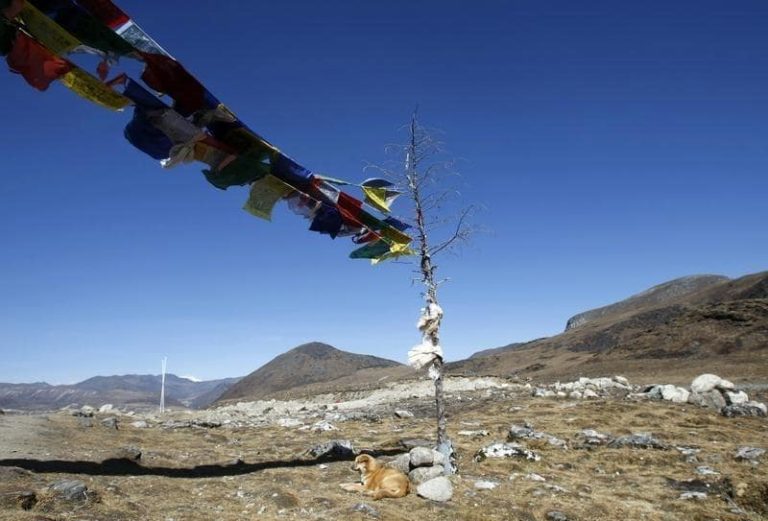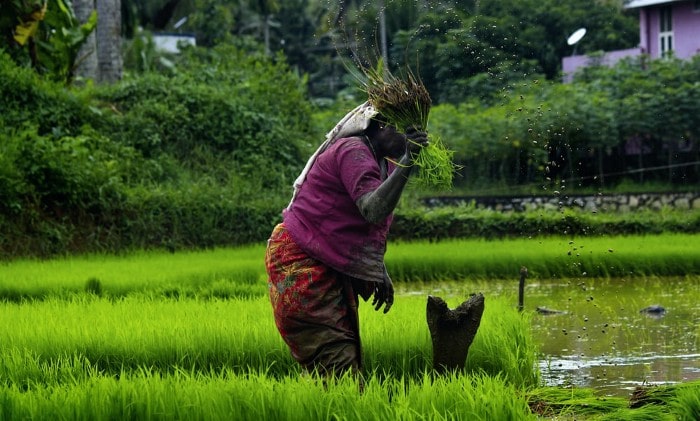Modi government is hell-bent to adopt protectionism, trade barriers, Licence Raj, import substitution and inward-looking policies, all in the name of promoting manufacturing.

The Modi government’s midnight decision to introduce a Licence for the import of laptops, tablets, personal computers, and servers will not only revive ‘Licence Raj’, but it is also a tacit admission that the PLI Scheme has failed to deliver. It is also an assault on a large number of lower and middle-income consumers, including students, who had taken to digital learning, especially in the post-pandemic era. Digital India will suffer.
First things first. India needs a vibrant manufacturing sector to thrive. Since 2014, the output of India’s manufacturing sector has dipped from 15% to 13%. Although India stands at sixth position in the global ranking of countries in the manufacturing sector, yet its market share is just 3% of the total manufacturing, while China’s share is about 28%. Even though India’s services sector is its growth engine, in the post-pandemic era, it is imperative for India to fire all its engines of growth. Therefore, manufacturing, agriculture and urbanization cannot be ignored and must be emphasized too.
However, the question is what is the mechanism to spur the manufacturing sector? Is it protectionism, or it is creating a holistic environment which enables private entities to set up manufacturing units? Access to land, better regulatory clearances, easy compliances, reducing red tape, transparent practices which forgo rent-seeking, access to technology and emphasis on greener and cleaner energy infrastructure could be some of the vital factors to encourage this sector. India does not have a dearth of labour – both skilled and semi-skilled, and a large number of people would be given better opportunities through manufacturing.
Surprisingly, the Modi government is doing the opposite. It has a two-pronged strategy of crony capitalism and protectionism. No Indian will oppose ‘Aatmnirbhar Bharat’ or ‘Make in India’ – but there is a wide wedge between these high voltage campaigns propagated by the present government and the actual implementation.
The biggest example of this approach is the apparent failure of the PLI scheme (introduced in 2020) which is targeted at a motley group of 14 sectors, mostly big industries, chosen without any clear criteria, which provides subsidies to finished goods in India. The chosen sectors are big-ticket, large industries that have the potential to crowd out MSMEs. They create lesser jobs than MSMEs.
Former RBI Governor demonstrated in a recent paper that the PLI Scheme does not add to the manufacturing output. Giving an example of mobile phone exports and imports, Rajan’s paper reflected on how PLI Scheme is only subsidizing the assembling of mobile phones in India, but not the elements used to make it – semiconductors, PCBA, displays, Li-ion batteries, battery chargers, and cameras.
Is the PLI Scheme a panacea for Indian manufacturing and the creation of jobs? Despite the government’s over-the-top claims, the PLI scheme does not seem to garner the desired results. The PLI scheme provides a subsidy ranging from 4% to 6% on the value of the additional production the investing firms generate. Till March 2023, 733 applications were approved in 14 sectors with an expected investment of Rs 3.65 lakh crore. However, the actual investment of just Rs 62,500 crore has been realized till March 2023. This is just a measly 1.7% of the expected investment under the scheme. It is important to note that the government’s incentive outlay in the form of subsidies and tax incentives is Rs. 1.97 lakh crore for the scheme, which is almost 1% of the GDP.
In June 2023, the Modi government notified the PLI scheme for IT hardware 2.0 after it was held up for more than two years. The government had to initially scrap the scheme in 2021 after it received no bids from global giants, who had issues with the investment requirements of the scheme. The reason for the introduction of Licences for the import of laptops, tablets, personal computers and servers is that big manufacturing companies like Apple, Samsung, Acer etc. did not show any interest in setting up manufacturing units here in India, using the PLI scheme.
The Modi government’s trade policy is another problem. It is inward-looking and is based on pre-liberalisation import controls. According to the World Trade Organization’s (WTO) Tariff Profile 2022, India has one of the highest average tariffs of 18.3% in the Asia-Pacific region.
Successive governments in the past two decades have been following a consistent policy of reducing import duty, but the Modi government in a calibrated departure has changed the policy on its head by hiking tariffs in well over 500 major item categories since 2016. Shockingly, between 2016 and 2022, more than 3,000 tariff increases by the present government have affected 70% of India’s imports.
High import duties for India also mean a loss of exports by making them uncompetitive. A large portion of India’s exports is contingent on its imports. The long-term impact of introducing trade barriers is inefficiency in domestic manufacturing and lower quality of goods production.
India has been negotiating several bilateral Free Trade Agreements (FTA) since 2004. In fact, under Dr Manmohan Singh India signed 11 Trade Agreements, but under the Modi government, they have only progressed on trade agreements with Saudi Arabia, U.K and Australia – which are still a work in progress. In 2019, the present government did not enter the multilateral Asian free trade agreement – Regional Comprehensive Economic Partnership (RCEP).
Protectionism, trade barriers, Licence Raj, import substitution and inward-looking policies have way passed their expiry date. The present government’s departure from a well-established post-liberalisation policy may well be following the post-pandemic global trend, but the sting in the tail is that these polices were started by them well before the pandemic stuck.







RECENT COMMENTS